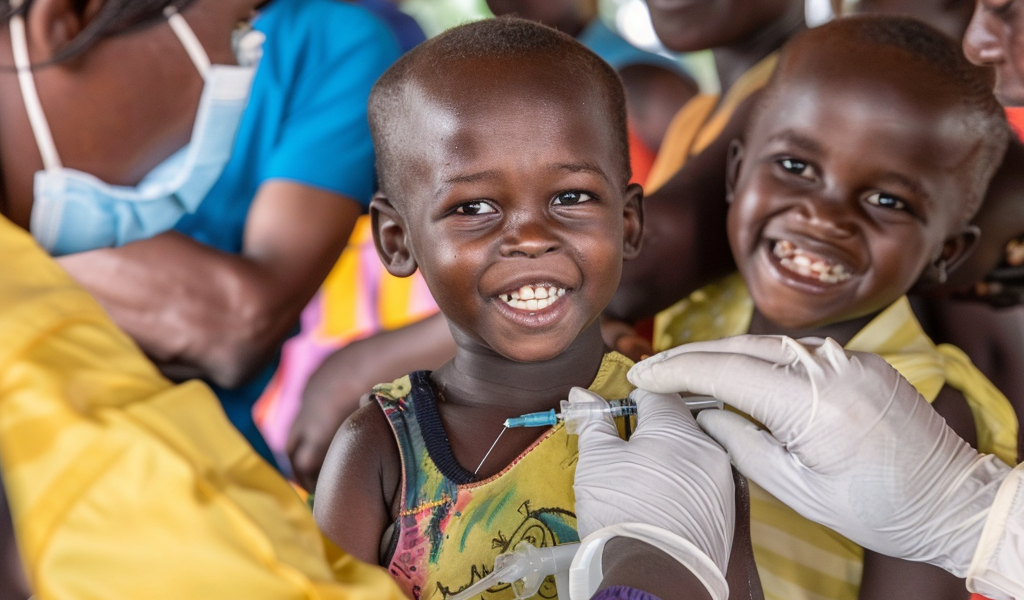Uganda is set to abandon the use of the first malaria vaccine, RTS,S (Mosquirix), in favor of the recently approved R21/Matrix-M vaccine for the immunization of children under five years old. The decision comes after the Health Ministry Division of Malaria Control revealed the country’s plan to initiate malaria vaccinations for young children starting in October.
The World Health Organisation (WHO) has approved two malaria vaccines for the prevention of the disease. The first vaccine, RTS,S (Mosquirix), was approved in 2021, followed by the approval of the R21/Matrix-M vaccine in 2023. Uganda’s Health Ministry officials have opted for the R21/Matrix-M vaccine due to its availability and relatively better effectiveness compared to RTS,S.
Initially, the Global Vaccine Alliance (Gavi) had pledged to provide Uganda with 800,000 doses of the RTS,S vaccine for the country’s first immunization campaign against malaria. However, Dr Jimmy Opigo, the head of the Malaria Control Programme at the ministry, stated that the decision to switch to the R21/Matrix-M vaccine was based on the manufacturer’s ability to supply the required volume and the vaccine’s efficacy. Additionally, the R21/Matrix-M vaccine requires less cold chain space for deployment.
In a statement released in September 2021, the WHO highlighted the moderate protective efficacy of the RTS,S vaccine against clinical malaria, severe malaria, and malaria-related hospitalizations. Despite the efficacy of RTS,S, the WHO emphasized the importance of considering programmatic characteristics, vaccine supply, and affordability when choosing a malaria vaccine for a specific country.
With the upcoming rollout of the R21/Matrix-M vaccine in Uganda, the country aims to enhance its efforts in combating malaria, a leading cause of mortality in the region. The decision to transition to the new vaccine underscores the country’s commitment to improving public health outcomes and reducing the burden of malaria among vulnerable populations.





